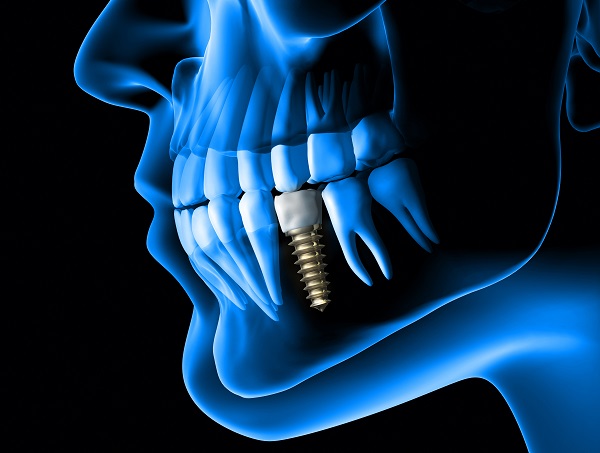How Long After Implant Placement Can You Get a Dental Implant Restoration?

If you are embarrassed about your smile, consider dental implant restoration. Living without teeth can be painful and may hinder your ability to eat and chew. You may even avoid social situations and feel ashamed about the way you look. With dental implants, you can have the full function of your teeth and enjoy the appearance you have wanted.
The causes of missing teeth
People can lose teeth either due to their own poor habits or because of outside forces. Inattention to daily brushing and flossing habits can cause tooth decay. As a result, teeth can rot and eventually fall out. Other people may lose teeth because of injuries or accidents. A hard blow to the face or biting into a hard object can cause this.
Dental implant restoration consultation
When someone is ready to restore their smile, a visit to the dentist is a good first step. The dentist will discuss how dental implants work and evaluate whether this makes sense for the patient. The dentist will review the person’s dental history and will then take X-rays and make impressions. If necessary, the dentist will pull severely decayed or infected teeth.
The first surgery
During the first surgery for the dental implant restoration, the surgical area is numbed. That way the patient will feel comfortable during the procedure. Then an incision in the gums will be made and screw-like posts will be inserted into the jaw. If the patient has suffered bone loss, a bone graft to anchor the posts might also be performed.
Waiting period
Before the patient can continue the dental implant restoration process, a period of healing must occur. Also, time must be allowed for the titanium posts to fuse with the jawbone or graft. This time frame is critical. If the restoration is done too soon, there will not be enough stability for the implants. Usually, the patient must wait between three and six months before returning for the second surgery. Some people may have to wait as long as a year before the restoration.
The second surgery
Once the patient has fully healed and is ready, the next stage of the dental implant restoration takes place. The patient is numbed again and an incision is made to expose the tops of the posts. Then abutments on the posts are placed. The abutments are the connection point between the posts and the artificial teeth. After waiting two or three weeks for the gums to heal, the patient returns so that crowns can be placed on the abutments. The patient’s bite will then be checked to make sure everything fits correctly.
Timing is critical
If you are missing teeth and are tired of gaps in your mouth, the time is now to fix your smile. A dental implant restoration is what you need. Make sure you give yourself plenty of time to heal in between the surgeries so the process can be effective. Make an appointment today so you can have a smile makeover.
Request an appointment here: https://www.mysaratogadentist.com or call My Saratoga Dentist PLLC at (518) 675-3094 for an appointment in our Saratoga Springs office.
Check out what others are saying about our services on Yelp: Read our Yelp reviews.
Recent Posts
Dental bridges are an effective option for people missing teeth due to trauma, infection, or decay. They can prevent the teeth from shifting, a common side effect of missing teeth. They also restore normal oral function and appearance. Here are a few types of dental bridges a dentist might consider.A traditional dental bridge is the…
Dental practices continue to serve as reliable sources of information for individuals seeking to maintain optimal oral health. However, myths often cloud the decision-making process related to daily care, recommended procedures, and overall dental well-being. My Saratoga Dentist PLLC seeks to debunk the five most common dental myths to help people regain control over their…
Dental practices provide essential oral health services to patients of all ages. These services range from preventive and restorative treatments to cosmetic and emergency procedures. Understanding the types of care available at a general dental practice can help patients make informed decisions about their oral and overall health.Preventive care is a cornerstone of dental practice…
A broken tooth can affect both oral health and confidence. Whether caused by biting into something hard, an accident, or underlying decay, prompt dental care is essential to prevent further damage and restore normal function. Fortunately, modern dentistry provides several reliable treatments that repair structural damage and rebuild a natural-looking smile. A cosmetic, family, or…


